As a business owner, you want a team that is 100% productive and performs to their fullest potential, whether they are working in the office or remotely. With today’s COVID-19 pandemic, more and more teams are transitioning to working remotely…and though it took a virus to force this change, the truth is the technology for remote work has been around for decades. So why have we not made the shift to remote work sooner?
The truth is, the majority of companies don’t trust their employees will actually do what they’re supposed to do if they’re not being monitored. Unfortunately, this lack of trust is stifling progress, productivity, and creativity because employees feel micro-managed and reduced to mundane tasks and busy work to fill the time. There’s no space to actually expand because the systems in place can’t handle or support room for creative thinking. While the employee wants to blame the manager and the manager wants to blame the employees, the truth is the system itself is outdated and antiquated, and doesn’t leave room for the innovation that’s possible. While teamwork does make the dream work, if we don’t change the system itself then we have little hope of the business as a whole actually getting any better.
It’s difficult to change though, especially when looking at changing entire structures and policies – things that have been in place for decades. Change may be difficult, but when you look at the cost of not changing, it could be detrimental to the growth and future of your business.
Working at Microsoft, retiring at the age of 35, working as top-level performance coach, and then owning my own company, I have been leading virtual and remote teams for 30 years. For decades, I have continuously built a strong infrastructure of teamwork, community, and brotherhood with the teams I have led. I never worry about my team getting things done or completing tasks on time, and that’s because I have full confidence in the systems I have built to support their growth, our team, and my outcomes. The difference is I focus on outcomes, not on activity. The second critical factor is I’ve trained my whole team to ask ACTIVE versus passive questions. Whereas passive questions dismiss personal ownership and blame others or the environment, active questions require individuals to look within, take ownership, and describe or defend a course of action. A powerful example is John F. Kennedy’s famous speech, “Ask not what your country can do for you, ask what you can do for your country.” When you focus on outcomes and ownership, you no longer require micro-management to deliver results.
If you’re a business owner or manager, I invite you to take a step back and evaluate the systems you’ve established in your life and your business – systems supporting your productivity, finances, health, relationships, management, etc. Are your current systems functional, healthy, and vibrant? Or are they dysfunctional and creating dis-ease in your teams and in your personal life? If this introspection has revealed some potential areas of growth, I’d like to share with you some strategies for creating healthy, vibrant, and functional systems in your business and personal life:
- Identify areas of growth and where you can make more money.
- Where are you right now? What is being in this place costing you in each area of your life, and what do you want to do about it?
- How can you incorporate “fireside chats” to improve your system?
- What are your desired outcomes?
- How are you measuring?
- Identify your Key Stakeholders and what they NEED in terms of results. These become your Key Performance Indicators (KPI’s) and the metrics to deliver.
Answering each of these questions will help you develop a healthy and vibrant system that results in your team members’ personal growth, the productivity of your team as a whole, and will generate the outcomes you actually desire for long-term success – regardless if you work with your team in person or virtually.
What is it costing you to not take inventory of your systems to determine if they’re healthy and vibrant, or dysfunctional and causing dis-ease amongst your team? Become clear on the outcomes you want to achieve and design healthy and vibrant systems to support your team in getting there. If you understand how to meet your key stakeholders’ needs (e.g., customers, stockholders, employees, and suppliers) and choose to measure ways of supporting these outcomes, everything else will fall into place. This forward momentum, little by little, will result in expanding your business into one of true transformation as you create a culture that actually celebrates and leverages your team members’ expertise and knowledge, producing meaningful outcomes across the board. It’s simple – stop using antiquated and outdated systems that focus only on activity and movement but don’t actually move the needle in any particular direction! Take your team from feeling unstable, lacking trust, and producing minimal output to moving ahead of the curve by developing world-class systems that produce meaningful results in every area of your business, all while celebrating and valuing your team members’ talents and contributions that collectively got you there.

